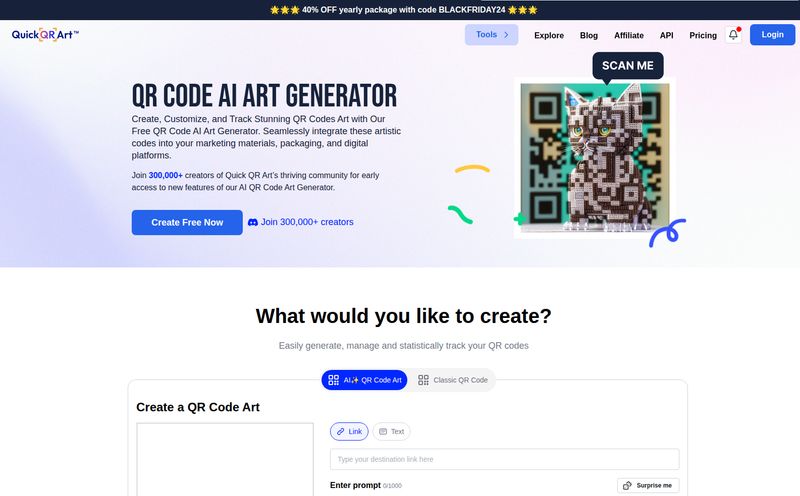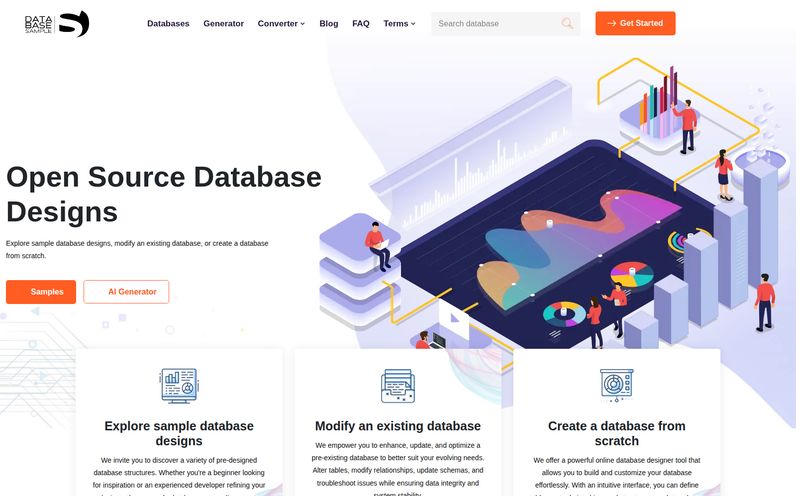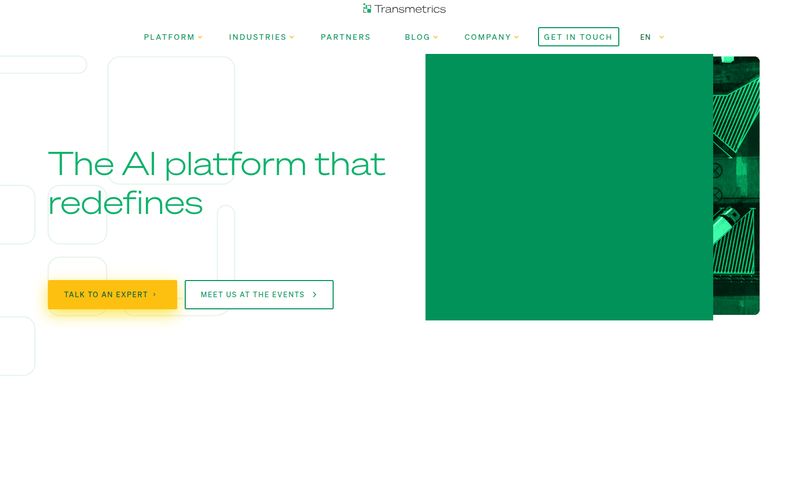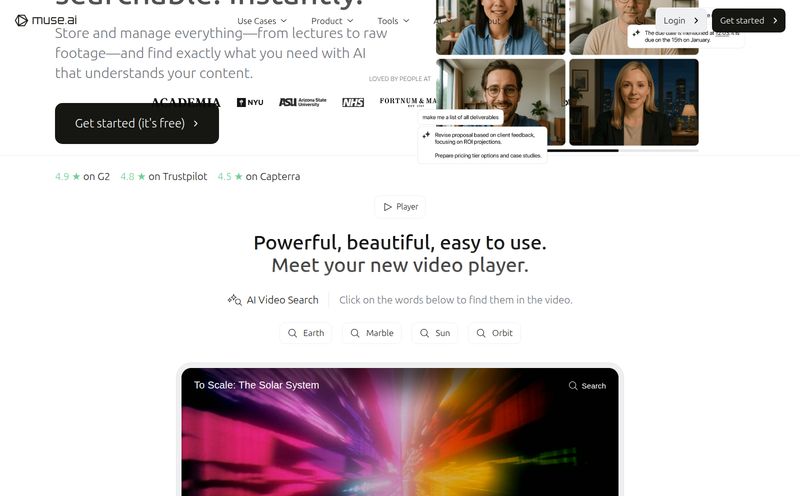For years, as a digital strategist, I've seen businesses obsess over every metric imaginable. CPC, LTV, bounce rate... you name it, there's a dashboard for it. But there’s this one massive, unpredictable variable that can throw a wrench into the most perfectly optimized plan: the weather.
And I’m not just talking about whether your company picnic gets rained out. We're talking supply chains disrupted by a surprise blizzard, construction projects halted by high winds, or an outdoor event promoter tearing their hair out over a sudden thunderstorm. The financial fallout is real. I saw a stat on Tomorrow.io's own site that billion-dollar weather disasters in the US have quadrupled since the 1980s. Yikes.
So, when a tool comes along that claims to offer more than just a forecast—but actual, actionable weather intelligence—my ears perk up. Enter the Tomorrow.io Weather API. This isn't your standard weather app on your phone. It's a whole different beast.
So What's the Big Deal with Tomorrow.io Anyway?
Think of it less like a weather vane and more like an air traffic control system for atmospheric events. At its core, Tomorrow.io is an AI-powered platform that gives businesses and developers programmatic access to some seriously granular weather data. We’re talking about leveraging their own proprietary space data and AI models to provide predictive insights.
It's designed to shift companies from being reactive to weather (i.e., panicking when the storm hits) to being proactive. Imagine being able to automatically adjust logistics, staff scheduling, or even ad campaigns based on a highly reliable, pinpointed weather prediction. That's the promise here.
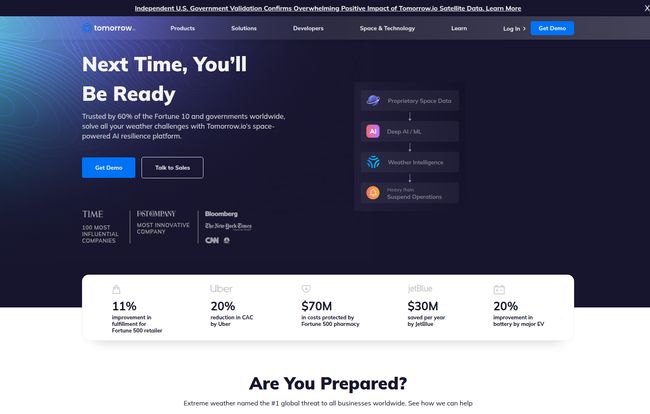
Visit Tomorrow.io Weather API
The Nuts and Bolts: What Can This API Actually Do?
Okay, cool concept. But what do you actually get when you pop the hood? I’ve spent some time looking through their documentation (and even giggled at their funny 404 page—nice touch, guys), and the feature set is pretty impressive.
Hyper-Accurate & Hyperlocal Data
This is probably their biggest flex. They talk a lot about “hyperlocal” data, which in this context means getting weather information for a very specific location, not just a general city or zip code. For industries like agriculture, drone operations, or last-mile delivery, this level of precision is everything. It's the difference between knowing it 'might' rain in Austin versus knowing it's about to pour on a specific distribution center in South Austin in 25 minutes.
A Buffet of Weather Data (Over 80 Layers!)
This isn't just temperature and precipitation. The API offers over 80 different data layers. You can pull information on air quality, wind gusts, pollen counts, fire indexes, solar radiation, and a ton more. It's a data geek’s paradise. You can pick and choose the data that’s relevant to your specific business needs, creating a custom-built weather alert system. A ski resort might focus on snow depth and wind chill, while a solar energy firm would be all over the GHI (Global Horizontal Irradiance) data. It's incredibly versatile.
Looking Back and Peeking Forward
The API isn't just about what's happening now or next. It provides robust real-time data, a powerful forecasting API for predicting future conditions, and a historical weather API. This historical data is gold for anyone building predictive models. You can train your own internal machine learning algorithms by feeding them decades of past weather patterns to better understand how conditions affect your operations.
Let's Talk Brass Tacks: The Good, The Bad, and The Code
No tool is perfect, right? Every platform has its strengths and a few things to keep in mind. Based on my analysis and industry experience, here's my take.
On the upside, the accuracy and the sheer breadth of data are undeniable advantages. Being able to get such specific, localized information is a strategic game-changer. Plus, it seems built to scale, offering solutions that could work for a small tech startup or a massive enterprise like JetBlue or Uber, who are listed as customers. The integration seems straightforward for any team with developers, with clear documentation for various programming languages.
Now, for the potential hurdles. The biggest one is that this isn't a simple plug-and-play app for your marketing manager. You need some technical know-how to actually integrate the API into your systems to make the magic happen. So, you'll need a developer or a data science team on board. Also, the pricing isn't listed publicly. It’s a “Get a Demo” situation, which usually means it's a premium product with costs that vary based on your usage and the features you need. This is pretty standard for enterprise-level SaaS, but it’s a hurdle for smaller teams who just want a price tag.
How Does it Stack Up Against the Titans?
The weather data space has some big players, like The Weather Company (owned by IBM) and DTN. These are established giants. From what I can tell, Tomorrow.io's angle is being the more modern, AI-first disruptor. They seem to be betting heavily on their proprietary technology and predictive AI capabilities as their key differentiator, rather than just repackaging public government data. They're positioning themselves as the high-tech, next-gen solution in the field.
The Million-Dollar Question: What's the Price?
Ah, the part everyone wants to know. As I mentioned, Tomorrow.io doesn't have a public pricing page. You have to contact them for a demo and a custom quote. In my experience, this means a few things: it’s not going to be cheap, and the price is tailored to your specific API call volume and data needs. I don’t see this as a red flag; it's just the nature of B2B tools that provide this much value. It’s not a $10/month API key. It’s an investment in operational intelligence.
My Final Take
So, is the Tomorrow.io Weather API worth it? If your business is in any way impacted by the weather—and let's face it, most are—then it is absolutely worth investigating.
The shift from just seeing a forecast to getting predictive, actionable intelligence is a huge leap. It’s the kind of tool that, once integrated, could provide a serious competitive advantage and save a ton of money by preventing weather-related losses. While you’ll need the technical resources to implement it, the potential ROI is massive. In an increasingly volatile world, being able to reliably predict tomorrow is probably one of the smartest investments you can make.
Frequently Asked Questions (FAQ)
- 1. What is the Tomorrow.io Weather API in simple terms?
- It's a powerful tool for developers and businesses to get highly accurate, specific, and predictive weather data. Instead of just a general forecast, it provides detailed information (over 80 types!) for precise locations to help businesses make smarter, proactive decisions.
- 2. Who typically uses the Tomorrow.io platform?
- A wide range of industries use it, including aviation, logistics, energy, construction, agriculture, and outdoor events. Any organization whose operations, safety, or revenue can be affected by weather is a potential user.
- 3. What makes Tomorrow.io different from other weather services?
- Its main differentiators are its use of proprietary AI and machine learning models, its own space-based radar satellites, and its focus on providing predictive “insights” rather than just raw data. The goal is to tell you what to do about the weather, not just what the weather will be.
- 4. Is the Tomorrow.io API hard to use?
- For a non-technical person, yes. It's an API (Application Programming Interface), which means it's designed to be integrated into software by developers. However, for a developer, the documentation appears to be clear and supports various common programming languages, making integration a fairly standard process.
- 5. How much does the Tomorrow.io Weather API cost?
- There is no public pricing. It's an enterprise-level service with custom pricing based on your needs, such as the volume of API calls and the specific data layers you require. You need to contact their sales team for a demo and a personalized quote.
